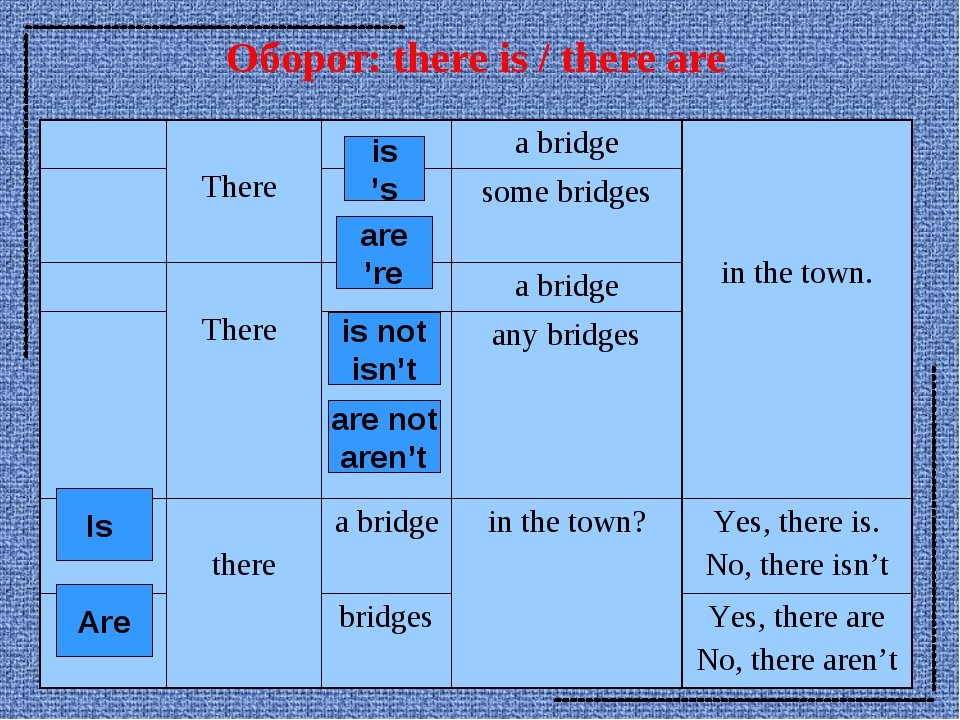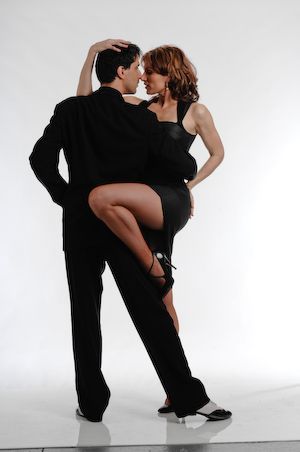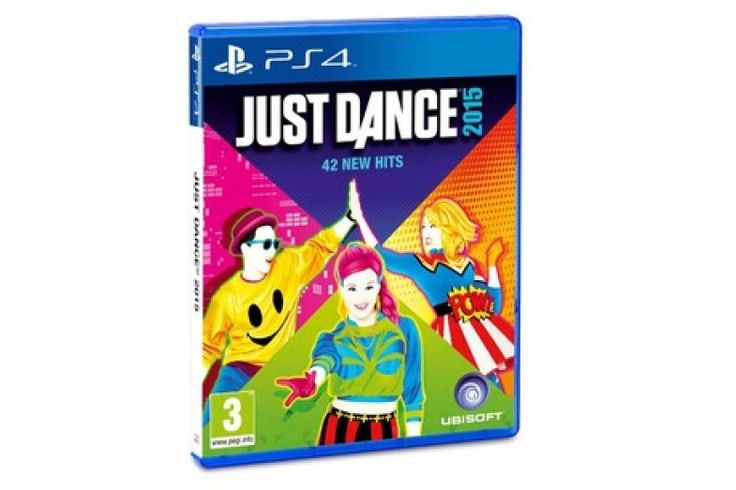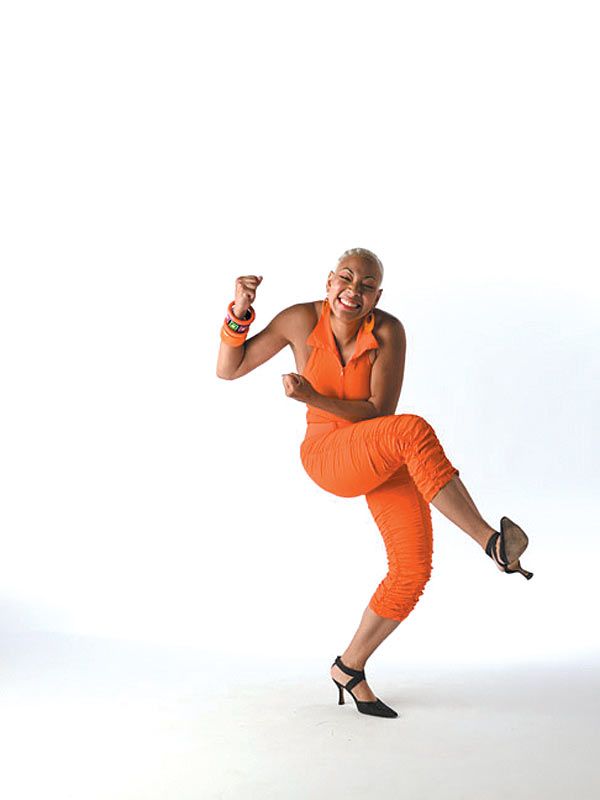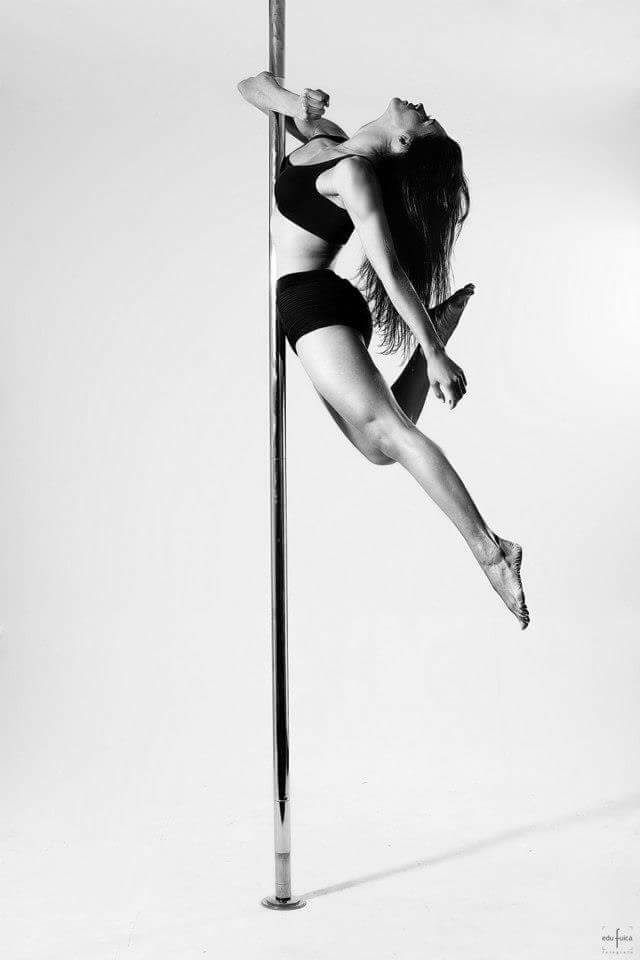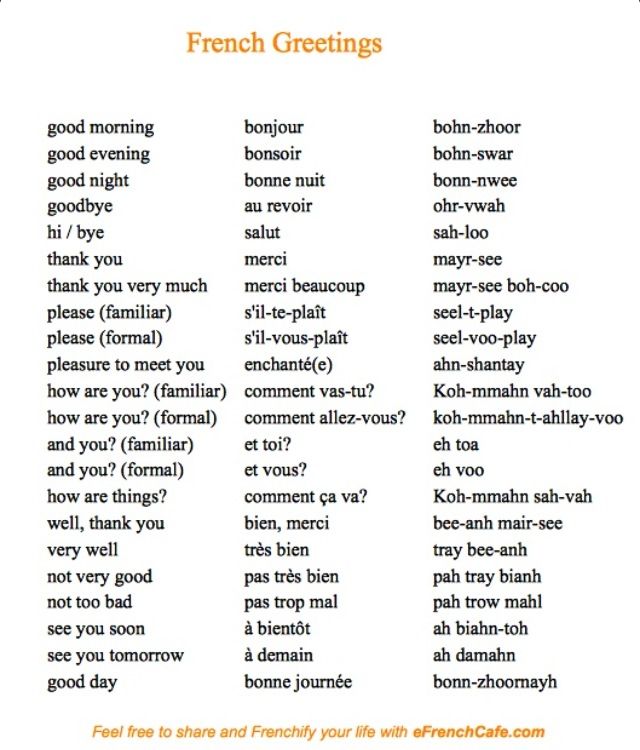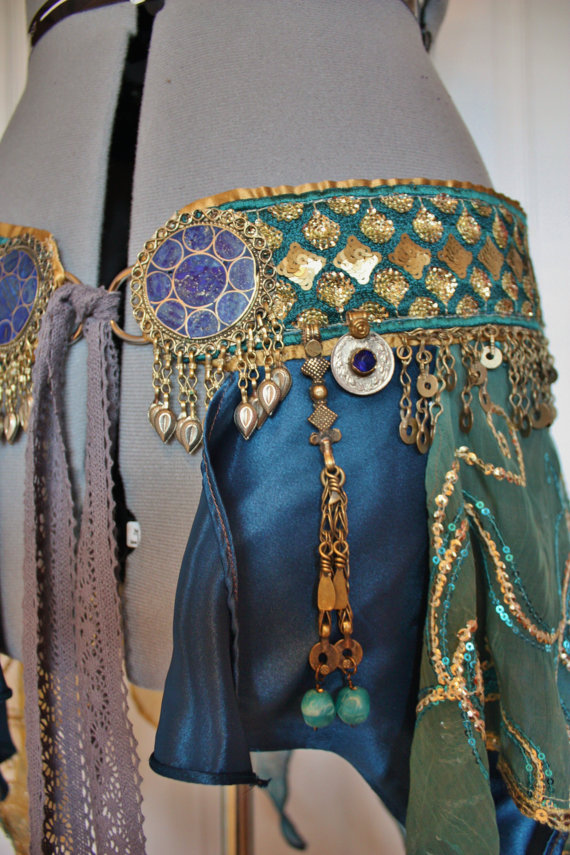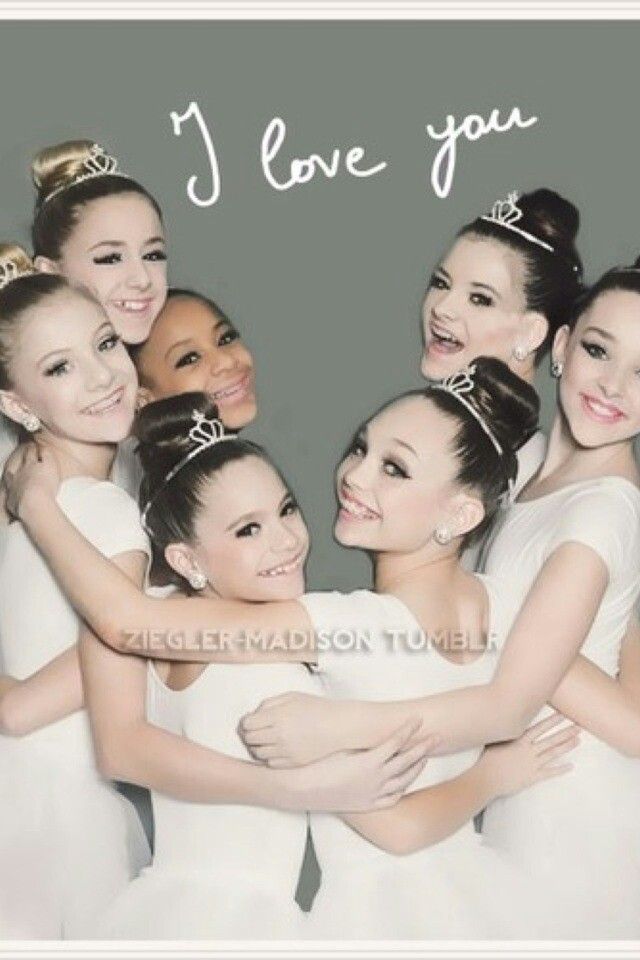Learn how to clog dance
English Folk Dance and Song Society
Beginners’ Guides
- Beginners’ Guide to English Folk Costume
- Early Morris
- Cotswold Morris
- Border Morris
- Northwest Morris
- Carnival Morris
- Clog Dance
- Molly Dance
- Longsword
- Rapper
- Mumming
- The Fool
- Animals and Beasts
- Broom, Stave, Maypole and More!
- Special Costumes: Abbots Bromley, Castleton Garland, Jack in the Green
- Design your own costume
- Thanks
Clog Dance
Where
Clog dancing developed into its most intricate form in the North of England, Lancashire, Yorkshire, Durham and the Lake District.
Clogs
English clogs are a shoe with a wooden sole (the bottom of the shoe) but a leather upper (top half). They were the regular, everyday footwear for the working people all over Britain until the 1920s. Because of the wooden sole they took longer to wear out than regular shoes and it was cheaper to replace the sole of the shoe with wood rather than leather. English dancing clogs are different to Dutch clogs or modern Crocs, they are tight and close fitting which allows the dancer a lot of control over the movements of their feet. English clogs with an iron or rubber protective layer on the sole are also worn for Northwest morris.
Clog dancing is a form of step dance. The best known kinds of step dance are tap and Irish dance. The main focus and skill of a step dancer is in their footwork and dancers can create many different types of noises using their feet alone.
Context
Clog dancing was often performed very casually, people would dance at home, in the pubs or in the street. Pat Tracey (1959) wrote this wonderful description of the everyday-but-smart clothing worn by clog dancers performing in the street in the early 20th century;
Pat Tracey (1959) wrote this wonderful description of the everyday-but-smart clothing worn by clog dancers performing in the street in the early 20th century;
“For their performance the dancers usually wore their normal working clothes – brown fustian trousers, striped shirt with red muffler knotted round the neck, navy blue jacket and soft cap. They danced in their everyday clogs though these were usually somewhat lighter in weight than those worn by the majority of weavers...the street dancers normally belonged to a set of rather dandified working youths and the lighter clog was part of their accepted dress.”
In the 1800s clog dancing competitions became popular. Large amounts of money could be won or lost on the clog competitions which were seen as a type of sport. Like modern day jockeys dancers would perform in colours which would have made them easy to identify. Both men and women danced in breeches which would have allowed their leg movements to be seen. Clog dancing was also performed on the stage. In the Victorian period clog dancing was a popular act in music hall or variety shows, which were the predecessor to Britain’s Got Talent. Often people would wear special themed costumes as part of their act. The famous comedian Charlie Chaplin started his career in music hall as a clog dancer. Over time clogs fell out of favour and were replaced with lighter tap shoes.
In the Victorian period clog dancing was a popular act in music hall or variety shows, which were the predecessor to Britain’s Got Talent. Often people would wear special themed costumes as part of their act. The famous comedian Charlie Chaplin started his career in music hall as a clog dancer. Over time clogs fell out of favour and were replaced with lighter tap shoes.
Clog dancers today wear a mixture of costumes inspired by the Victorian and Edwardian clothing of the northern workers who would have clogged danced in the past. Dancers also wear contemporary clothing and fashion, often using items which can be purchased from high street shops. Some have specially made costumes, often with a waistcoat or bodice which is worn with a long skirt.
Key wordsBodice, breeches, competitions, footwork, music hall, sole, step dance, themed, upper, variety shows, waistcoat.
Links- Fisher, A. ‘Clog Dance History’
- Mens' Clog Dancing competition in the 1890's.
 Film 7625
Film 7625 - Metherall, C and Wilson, E. ‘The beginners Guide to Clog Dancing’
Clogging Classes, Dances, Instructional Videos
Link to clogamp
See Notes at bottom of this page
Hi! My name is Ginny Bartes and I’ve been clogging since November of 1991, when I walked into a clogging class, heard the music & sounds, saw the dance and I’ve been hooked ever since. They say that once you get clogging into your blood, you never get it out. Here I am, 30+ years later, still loving clogging, so I’ll have to believe that saying is true. Tried to get it out of my blood, but it just refuses to leave. MY EMAIL IS: [email protected]
I created this website to spread good news about clogging in and around Arizona. It is my goal to promote clogging in Arizona and open the lines of communication among cloggers. As you go through the site, please contact me at dsrsaz@gmail. com if you have any questions.
com if you have any questions.
PHOENIX AREA INSTRUCTOR CONTACT INFORMATION:
ANNE MILLS [email protected] Now living in Washington State
GINNY BARTES [email protected] Adults
MICHELE NELSEN [email protected] Ages 8-20
VICKI JOHNSON [email protected] Website: maricopa4-hcloggers.com
MIKE McDOW [email protected] Adults
(Retired) DAVE ROE [email protected]
Classes are on break for the hot summers in Arizona!! Below is my schedule for the upcoming season starting Fall 2022:
MONDAY NIGHT CLOGGING CLASSES Resumes November 7, 2022
Clogging at Leisure World (located on Power Road, north of Southern Ave. in Mesa). We are in the Dance Room at Rec 1. Classes open to the public. Tell the guard at the gate you are going to clog in Rec 1. Then turn left at the Stop Sign after gate. Take the 1st right turn. Clogging Room is located in the large building on northwest side of parking lot. Enter through the Breezeway. Clogging Dance Room is next to the Fitness Center. Schedule is: 6:00 - 7:00 Beginners, 7:00 - 7:30 Easy Level Fun Dances, 7:30 - 8:30 Intermediate. 8:30 - 9:00 Advanced if enough people are interested. Classes will stop end of March 2023 and resume again the following November.
Clogging Room is located in the large building on northwest side of parking lot. Enter through the Breezeway. Clogging Dance Room is next to the Fitness Center. Schedule is: 6:00 - 7:00 Beginners, 7:00 - 7:30 Easy Level Fun Dances, 7:30 - 8:30 Intermediate. 8:30 - 9:00 Advanced if enough people are interested. Classes will stop end of March 2023 and resume again the following November.
MONDAY AFTERNOON CLOGGING at Monte Vista Resort. This class was cancelled by the Activity Director at Monte Vista.
TUESDAY CLOGGING at Merrill Ranch, Sun City Florence. **Residents Only** Starts November 15.
WEDNESDAY at Valle Del Oro Resort (1452 S. Ellsworth Road, Mesa) in the Theater Room. Start November 16. RESIDENTS of VDO only. (1452 S. Ellsworth Road, Mesa) - Theater Room....Times: 3:00 - 4:00 Easy Intermediate Dances, 4:00 - 5:00 Beginners. NEW beginners will start January 4, 2023.
NEW beginners will start January 4, 2023.
NEW CLASS !!! THURSDAY AFTERNOON CLOGGING AT Towerpoint Resort in the Mesa Room. 4860 E. Main, Mesa. Entrance to room faces east side of main building. Everyone welcome! Starts November 3 . Times: 5:00 Easy/Intermediate Dances...... 6:00 Beginners
Tell your friends & neighbors and anyone who might be interested!
Your support of clogging classes enables them to exist! Without your regular attendance, they will go away................
Check out the Upcoming Events page for other clogging activities in and around Arizona for the upcoming year.
Want a visual as you learn to clog? Check out the Instructional Videos page.
I hope to meet you on the dance floor!
Ginny Bartes
Certified Clogging Instructor (CCI with CLOG, Inc.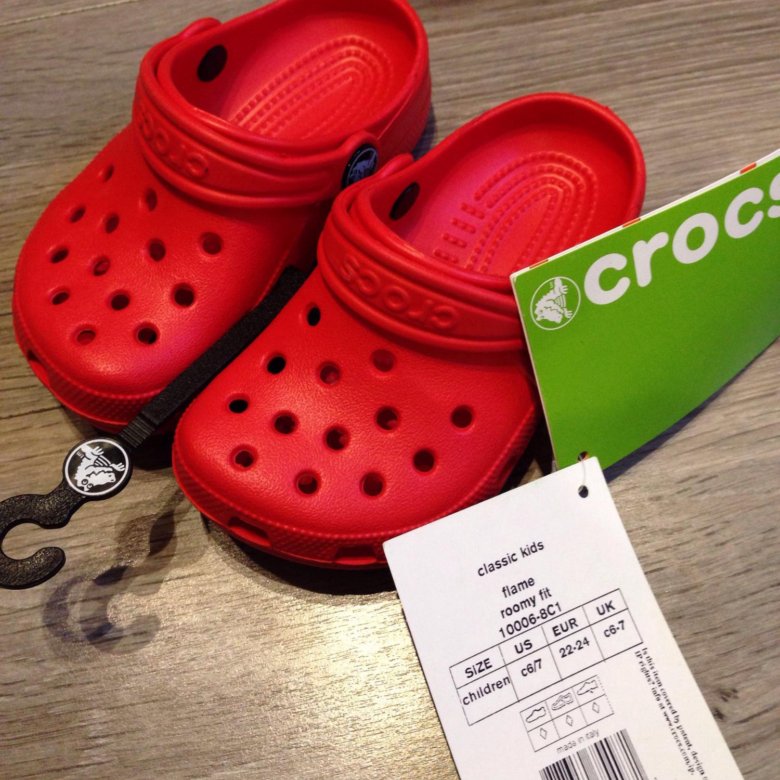 )
)
CLOG AMP
ClogAmp is a music player particularly tailored to the needs of clogging instructors. It was developed by a clogger for cloggers. It contains all the functions required to teach clogging in an easy to use format. It is widely used throughout Germany and is well known for its easy installation, ease-of use and speed. ClogAmp's creator is Martin Rohrbach, a German clogger and Martin has shared this software with cloggers all over the world. Best of all, it is free!
Link to Steve Smith's Help Notes: Click Here
Link to my help notes: Click Here
French dances - folk, old dance styles
French dance as a form of dance art has greatly influenced world culture. These are characteristic folk numbers - with jumps and claps. And a strict palace style - it was in the walls of French castles that ballet and the fashion for ballroom dancing were born. And performance within the walls of restaurants - France also became the birthplace of the cancan.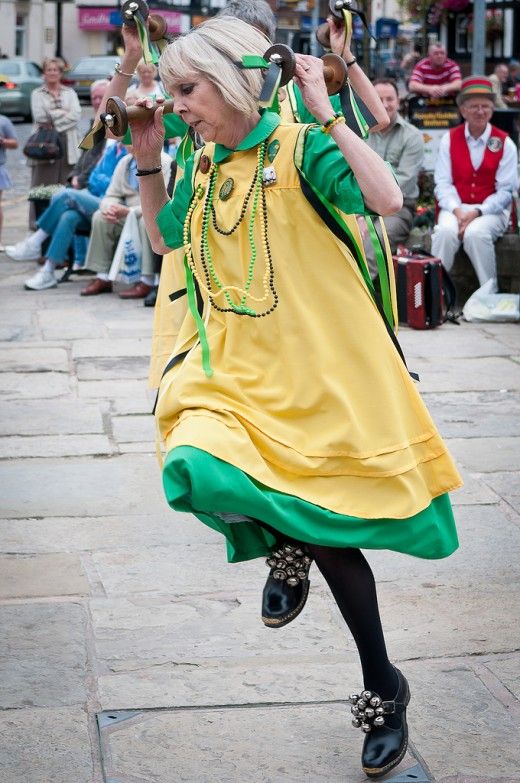
Dance regions
France is a country with many regions. Almost each of them has its own dance history. If we compare folk dances from different regions, it is sometimes even difficult to believe that they all appeared within the same state.
- Noble couple styles were born in central France: waltz, mazurka, bourre;
- the region of Brittany is characterized by round dance types: rondo, gavotte, en draw;
- Basque Country is distinguished by a bolder, “wild” performance. Souths and fandangos appeared here;
- the Alpine regions are associated with the dance art of England;
- German country dances and zwifachers penetrated Alsace, bordering Germany.
History of French dance
Folk performance
Speaking about the history of the dance art of any country, the origins should be sought in folk dance. Citizens and villagers of the French state performed branly (translated from French branlie - “swaying”).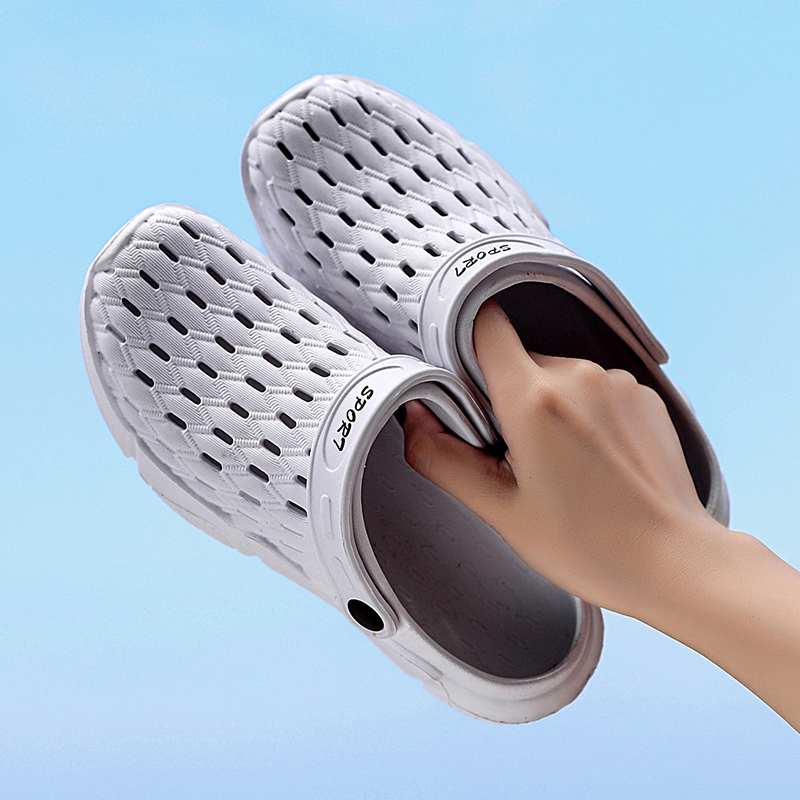 At street festivals, people danced round dances with swaying, complex bouncing, in which the dancers expressed their joy about the holiday.
At street festivals, people danced round dances with swaying, complex bouncing, in which the dancers expressed their joy about the holiday.
Old French dance Antoine Watteau “Country dance”
Later, palace etiquette began to appear, and wild village movements did not fit in with court culture. In the 15th century, treatises appeared in which the movements were systematized. Jumps were replaced by modest steps, the music became slower. Court and rustic styles were radically different.
A century later, festive dance processions, which were accompanied by fireworks, came into fashion. Court dance masters also began to pay more attention to technique, manner of performance, and style. The dancer was obliged to follow the posture, bows and curtsies were included in the ceremonial - symbols of nobility. From here the foundations of ballet were born.
Later, sliding steps and jumps penetrated the palace style.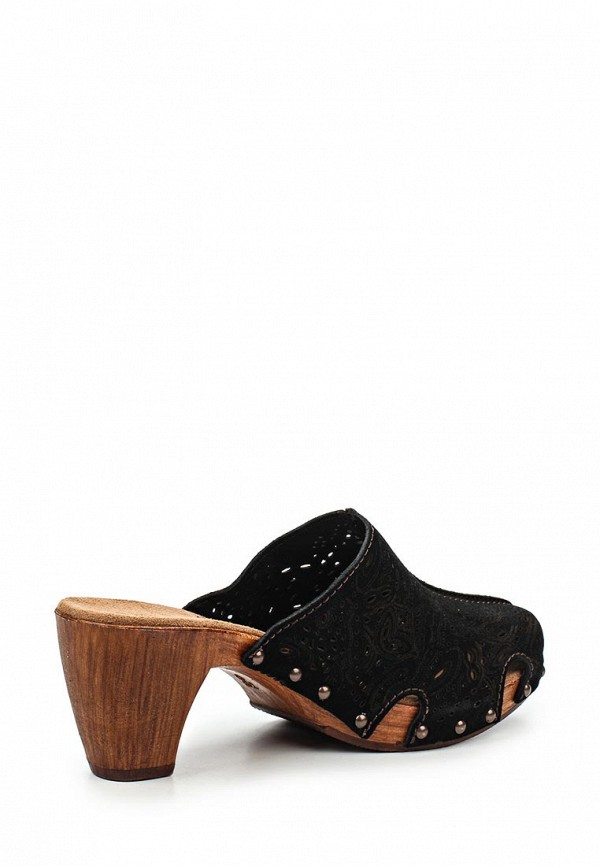
King Louis XIV (1638-1715) founded the Royal Academy of Dance, which gave impetus to the emergence and development of new dance techniques. By the beginning of the 18th century, balls had become popular in France.
Democratic folk dance
By the 19th century, the fashion for natural movements returned. Fast mazurka, cotillon, polonaise, quadrille are gaining popularity.
An explosive can-can is born in the operetta, destroying all stereotypes. This vulgar form he acquired on the scenes of cafes and restaurants.
At the beginning of the 20th century, as in most European countries, Art Nouveau appeared in France, which abandoned ballet traditions. The purpose of the new wave is to let the dancer show his personality.
Modern French dance
Hype, as an alternative to r'n'b, emerged from the culture of emigrants from North Africa, Morocco and other countries.
Now dance performances and conceptual productions without systematic movements are popular in France. They give freedom to self-expression, reveal the dancer and give the audience new spectacular performances.
French Dance Dictionary:
Branle
An old French folk dance that appeared in the 13th century and was popular in the 15th-16th centuries. It was performed in a round dance and was often accompanied by songs. Movements are fast.
Bourre
Folk dance of the 15th-16th centuries, which is not assigned to a specific region. It quickly migrated to salon and palace rooms, but was forgotten by the end of the 18th century. In classical ballet, there is a term “burre”, which refers to small steps.
Vertigo
Modern style introduced in 2007. It is based on classical movements that are performed at a fast pace - from 140 beats per minute.
Volta
Noble fast Renaissance dance. The performance is characterized by elements of support, when the partner turns the partner in the air.
Gavotte
Originally a folk chain dance originating in the Brittany region. In the 17th century, it was modified and included in the list of court numbers in a number of European countries.
Quadrille
Folk live couple dance, a kind of country dance. Appeared in the XVIII century, and also quickly found a place in the salon lists. Known as a number for two and four couples.
Cancan
Descendant of the quadrille, which appeared in the 20-30s of the XIX century. Known for wide leg swings and splits. Kankan was born in France, but did not receive approval at home. It has become more widespread in other European countries.
Cotillion
The final dance number of the ball. Includes waltz, polka and mazurka movements. The cavalier conductor, leading the cotillion, loudly called the figures dancing and gave signals to the orchestra.
Includes waltz, polka and mazurka movements. The cavalier conductor, leading the cotillion, loudly called the figures dancing and gave signals to the orchestra.
Minuet
A graceful dance that was born in Brittany as a folk dance. Since the 17th century it has become a ballroom. Characterized by movements on the toes.
Paspier
A variation of the minuet, with a faster tempo. Normandy is considered the birthplace of paspier. in the folk version, it is accompanied by playing the bagpipes or choral singing.
Rigaudon
Peasant number from Provence, included in the ball rooms in the 17th century. Cheerful and cheerful with peppy movements.
Saboteur
Folk dance performed in wooden clogs. Due to heavy shoes, the movements are slow, but rhythmic. The music is supported by characteristic sabot strikes.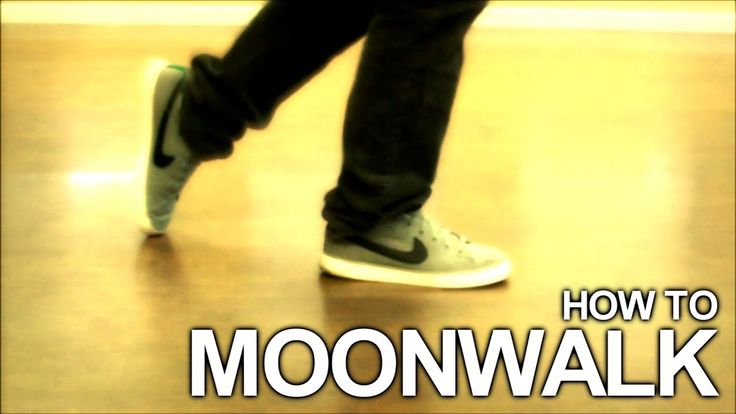
Tourdion
Quick and at the same time smooth Burgundy number. It was especially popular in the XV-XVI centuries.
Farandole
Round dance of Provence. To the sounds of the flute and tambourine, the dancers form various figures - spirals, circles.
Hardstyle
One of the most complex modern styles, a kind of tectonics. Broken movements, wide arms swing, jumps are characteristic. It is performed to fast music - at a pace of 150 beats per minute.
STRIP CITY ONLINE COURSE based on FRAME UP STRIP style
FRAME UP STRIP
ONLINE COURSE STRIP CITY based on the FRAME UP STRIP style
Start of training: November 29
Author of the training: Veronika Vlasovskikh (@belok_bero)
Duration of training you will learn how to improvise: 903 days 900 using the basic elements of the strip, create your own routines and choreographies.
I WANT TO DANCE!
Who is the course for?
For those who already dance FRAME UP STRIP:
- Master fully the base of the style
- Lomple through the gaps in the database
- Discover new borders in the dance
- Learn to put your own choreography
- learn to improvise in FRAME UP Strip
For those who want to learn to dance for themselves:
- master the basics
- yourself in your body
COURSE AUTHOR
Veronika Vlasovskikh
Hello! I am very glad to see you on this page, since you are here, it means you want to learn how to dance the strip and get to know the basics of this style!
Facts about me:
- Dancer, choreographer, participant of the New Dances project on TNT, artist of Yulianna Kobtseva’s Rubedo
- affects the body?
- Shooting: ⁃ Advertisement for Uralsib Bank (Profit Card), 2019 ⁃ Johnny Funt’s video “Poison”, 2019 ⁃ Advertisement for decorative cosmetics Vivienne Sabo (Tone de Cabaret), 2020 ⁃ Advertisement for Karusel hypermarket chain ”, 2020 ⁃ Advertisement for the residential complex “Teatralny Dom”, 2021 ⁃ Advertisement for “Familia”, 2021 ⁃ Clip XXX$Mountains “Ladies”, 2021 (Shura Bi-2, Nike Borzov, Jikebox trio)
- Awards: ⁃ 1st place INSIDE DANCE FESTIVAL, 2021 ⁃ 2nd place UPGRADE DANCE COMPETITION, 2020 ⁃ 1st place INSIDE DANCE FESTIVAL, 2019 ⁃ TOP-10 Best Ladies Solo Pro, FAME YOUR CHOREO, 2019 ⁃ 3rd place BYF CHAMP , 2019 1st place UPGRADE DANCE COMPETITION, 2018
- Trained more than 1000 students around the world
COURSE AUTHOR
Veronika Vlasovskikh
Hello! I am very glad to see you on this page, since you are here, it means you want to learn how to dance the strip and get to know the basics of this style!
Facts about me:
- Dancer, choreographer, participant of the New Dances project on TNT, artist of Yulianna Kobtseva’s Rubedo
- affects the body?
- Shooting: ⁃ Advertisement for Uralsib Bank (Profit Card), 2019 ⁃ Johnny Funt’s video “Poison”, 2019 ⁃ Advertisement for decorative cosmetics Vivienne Sabo (Tone de Cabaret), 2020 ⁃ Advertisement for Karusel hypermarket chain ”, 2020 ⁃ Advertisement for the residential complex “Teatralny Dom”, 2021 ⁃ Advertisement for “Familia”, 2021 ⁃ Clip XXX$Mountains “Ladies”, 2021 (Shura Bi-2, Nike Borzov, Jikebox trio)
- Awards: ⁃ 1st place INSIDE DANCE FESTIVAL, 2021 ⁃ 2nd place UPGRADE DANCE COMPETITION, 2020 ⁃ 1st place INSIDE DANCE FESTIVAL, 2019 ⁃ TOP-10 Best Ladies Solo Pro, FAME YOUR CHOREO, 2019 ⁃ 3rd place BYF CHAMP , 2019 1st place UPGRADE DANCE COMPETITION, 2018
- Trained more than 1000 students around the world
ONLINE COURSE "STRIP CITY"
STRIP CITY
- learning and working out the basic movements and fundamentals of style FRAME UP STRIP
- analysis of the author's choreography by Veronica "I am"
- access to training until the end of 2021
- access to the general chat-community of the course
- access to all bonus training files
I want to dance!
TARIFF "WANT TO DANCE"
(total places: 220/ 220)
7500 rub.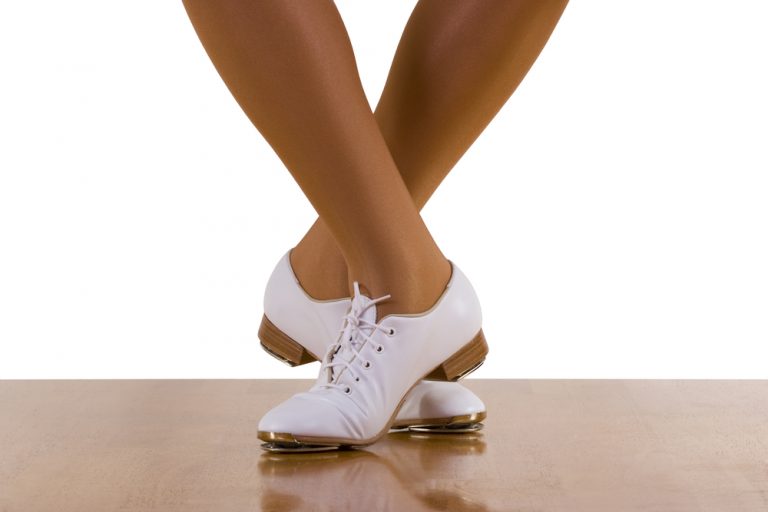
- learning and working out the basic movements and fundamentals of style FRAME UP STRIP
- analysis of the author's choreography by Veronica "And I"
- analysis of the author's choreography by Veronica "Mot - Tarantino"
- participation in live broadcasts with Veronika in the question-answer format
- access to training until the end of 2021
- access to the general chat course community
- access to the tariff chat with Veronika Vlasovskikh
- access to all bonus training files
- training participant certificate
- participation in New Year's issue
- the opportunity to participate in the prize drawing of gifts
I want to dance!
TARIFF "GIVE ME MORE"
(total places: 30/ 30)
13500 rub.
- study and development of the basic movements and foundations of the FRAME UP STRIP style
- analysis of the author's choreography by Veronika "And I"
- analysis of the author's choreography of Veronika "Mot - Tarantino"
- personal check of all D / Z in training by Veronika with detailed feedback
- participation in live broadcasts with Veronika in the question-answer format
- access to training for a month after the end of the course
- access to the general chat-community of the course
- access to the VIP chat of the tariff with Veronika Vlasovskikh
- access to all bonus training files
- certificate of participation in the training
- participation in the pre-New Year's edition
- the opportunity to participate in the prize drawing of gifts
I want to dance!
DETAILED TRAINING PROGRAM
Analysis
- analysis of the author's choreography by Veronica "And I"
- analysis of the author's choreography by Veronica "Mot - Tarantino"
- study of material in the format of routines, improvisations, setting own choreography
- study and development of the style of basic movements and basics STRIP
Lesson 1. Waves and back work. The value of working from the bottom of the back.
Waves and back work. The value of working from the bottom of the back.
- Rounding and reset (deflection).
- Back wave from sitting position on heels
- Wave from the “half-bridge” position
- Circular movements on all fours
- Exit from the floor through the wave
Rules for moving arms and legs on the floor
Lesson 2. We continue to work with the floor and work out the back.
- Channing Tatum
- Kitty
- with the exit up through the wave
- exit behind the pelvis back through the heels
- add accents with the pelvis from side to side for a change
- accent with the pelvis down and exit back
- U -turn behind an elongated foot
Lesson 3. Pill and legs work in Strip
- Coat under the pelvis
- slingshot
- Pilling pelvic (max with foot)
Lesson 4.
Lesson 5.
